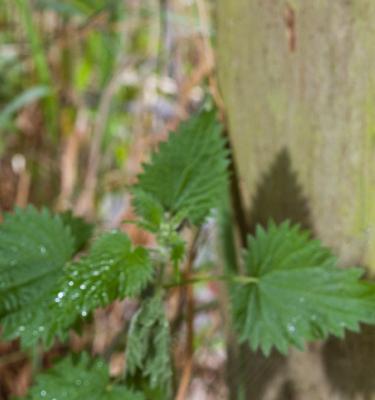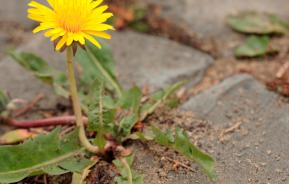Chemical weedkillers take the backache and hard work out of weeding. They are also a very efficient way of getting rid of weeds - especially otherwise difficult to control, deep-rooted perennial weeds. Different weedkillers are specially formulated for specific weeding tasks. When skilfully selected to match the job in hand and used with care, chemical solutions will give you the weed control you need.
Contact weedkillers
Contact weedkillers work on contact with the leaves of the plant. They start to work as soon as they are applied to the plant. After as little as 10 minutes, some treatments are impervious to rain. They are fast-acting - the leaves turn yellow then brown and it’s all over in a few days. New plants can be planted or seeds are sown straight after the initial application has dried on the weed leaves. Contact weedkillers are the perfect choice for killing annual weeds and 'burning off' the foliage of perennial weeds.
Systemic weedkillers
Systemic weedkillers kill from the inside out. When sprayed onto the leaves, they are absorbed and move all around the plant to kill the whole plant - including the roots. This makes them the perfect answer for perennial and difficult to control weeds. Penetration through the leaves takes some time and effectiveness can be reduced if it rains within 6 hours of application. A job this thorough takes time. The weeds should be left undisturbed for a week. Initial effects are normally evident within 7 to 10 days and complete weed control in 2 to 4 weeks.
Residual weedkillers
Residual weedkillers work by creating a weedkilling barrier in the ground that prevents weed seeds germinating. This prevents the weeds from getting established in the first place. They are held on the surface for several months and so control weed growth for a long time.
Selective lawn weedkillers
Selective lawn weedkillers are very clever as they work on the broad-leaved weeds but not on the grass around them. They also work very differently from other types of weedkiller. They actually stimulate growth, but it’s a rate of growth that can’t be sustained. The weed can’t get enough energy and it literally ‘grows itself to death’. They take some time to work - possibly up to 4 to 6 weeks - slower when it is cold, quicker in good growing conditions, warm, moist soil and when weeds are growing actively. One application can last for a whole season.
Hand weeding
Grasp the weed as close to the ground as possible and steadily pull it out (roots and all). This is fine for the odd one or two weeds, but back-breaking if the weeds are rampant. It is ineffective with deep-rooted or spreading weeds. Find out more about hand weeding
Digging or forking out
Even more strenuous than hand weeding and care must be taken to remove every bit of the offending plant and roots without damaging the plants to be kept. Any bits of perennial weed roots left in the ground will grow into new plants.
Hoeing
‘Topping’ the weeds with the hoe blade just below the soil surface avoids some of the backaches, and the weeds have to be picked up if you want the garden to look tidy. Hoeing the roots of perennial weeds often increases the problem and brings the seeds of annual weeds back to the surface. Less effective in wet weather, hoeing perennial weeds often increases the problem. Hoeing is best done on a warm day or a windy day, so the hoed weeds die quickly.
Mulching
Applying a thick layer of organic matter to the soil surface - called a mulch - helps to suppress weed growth.








